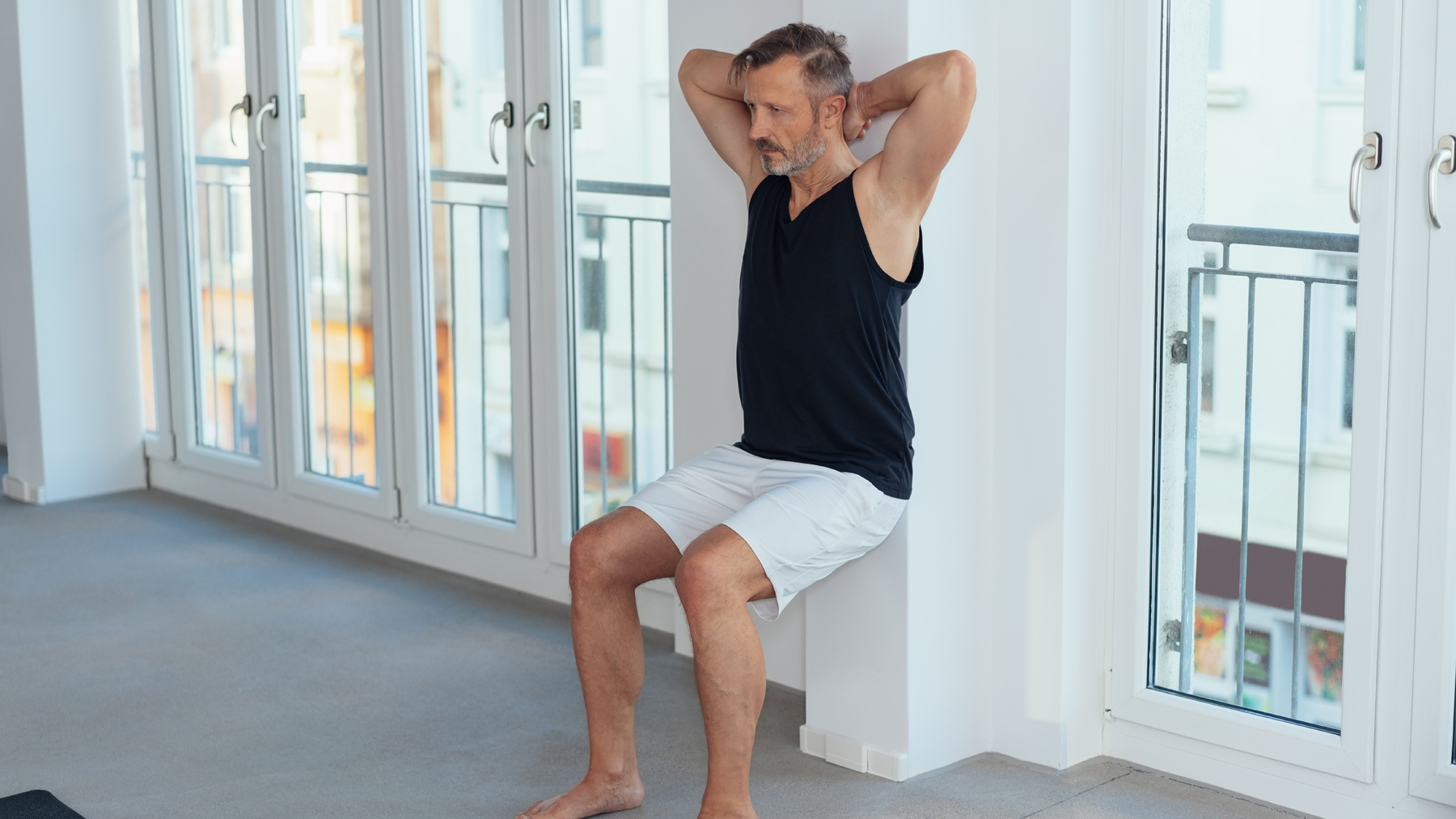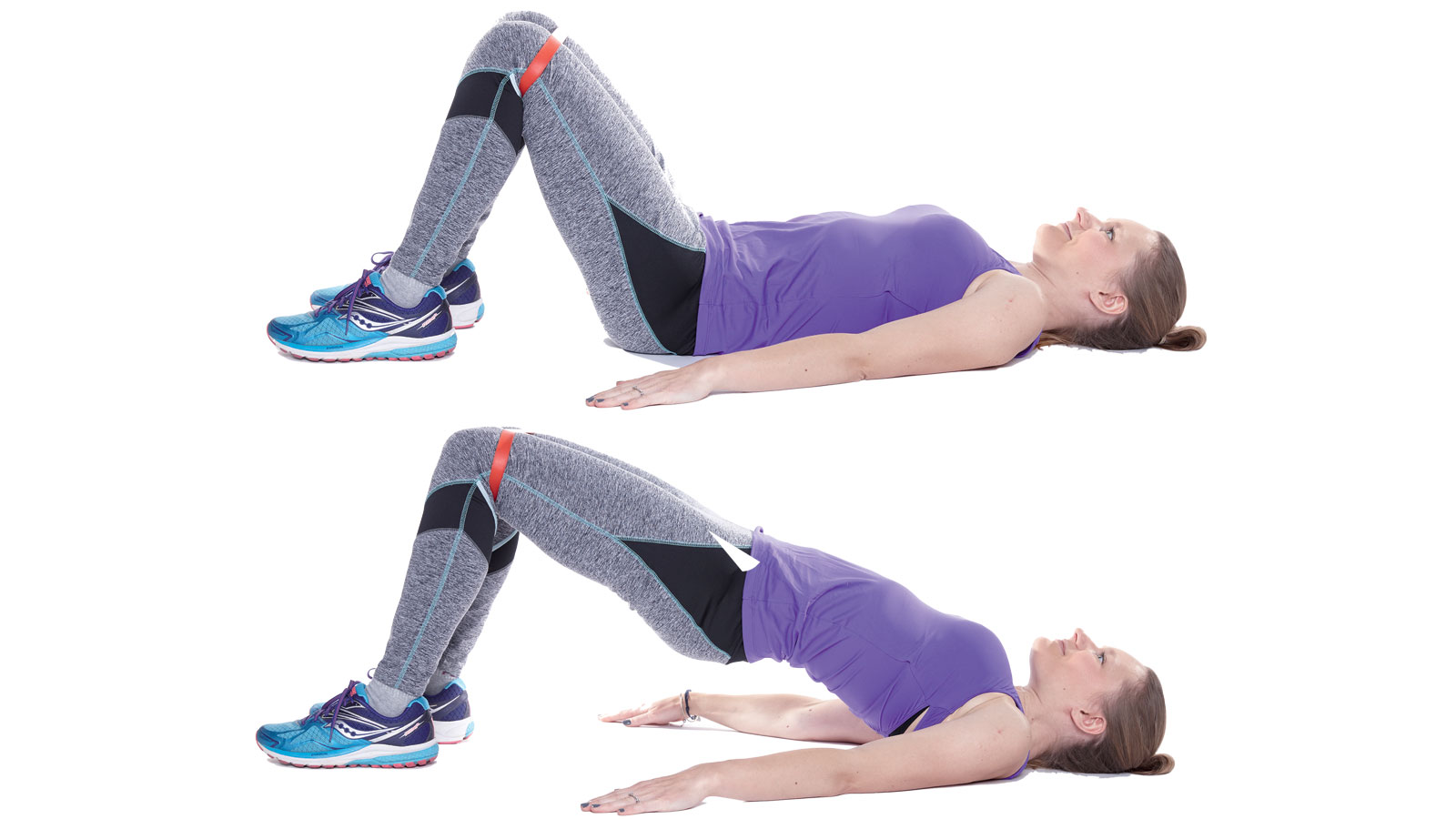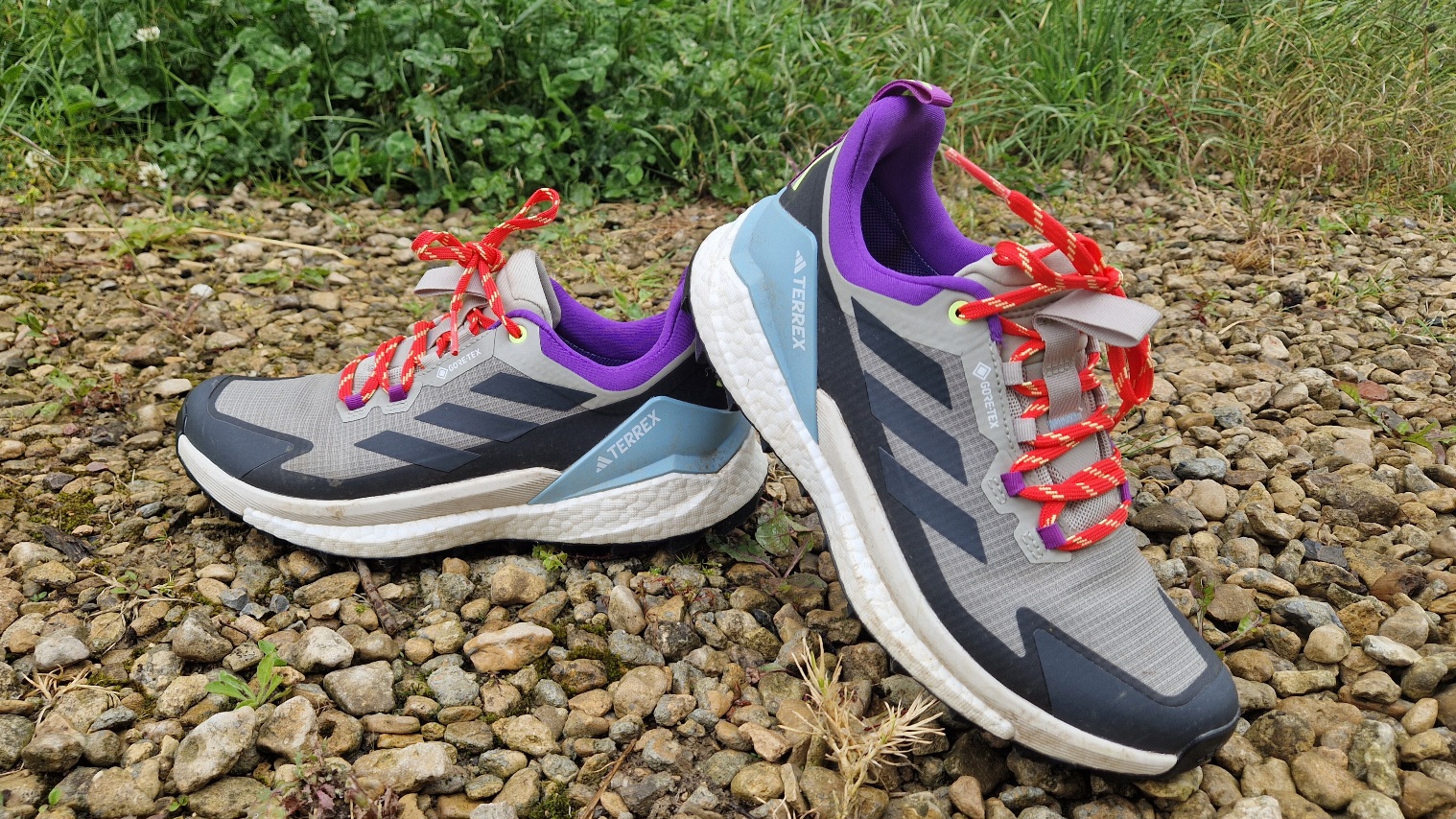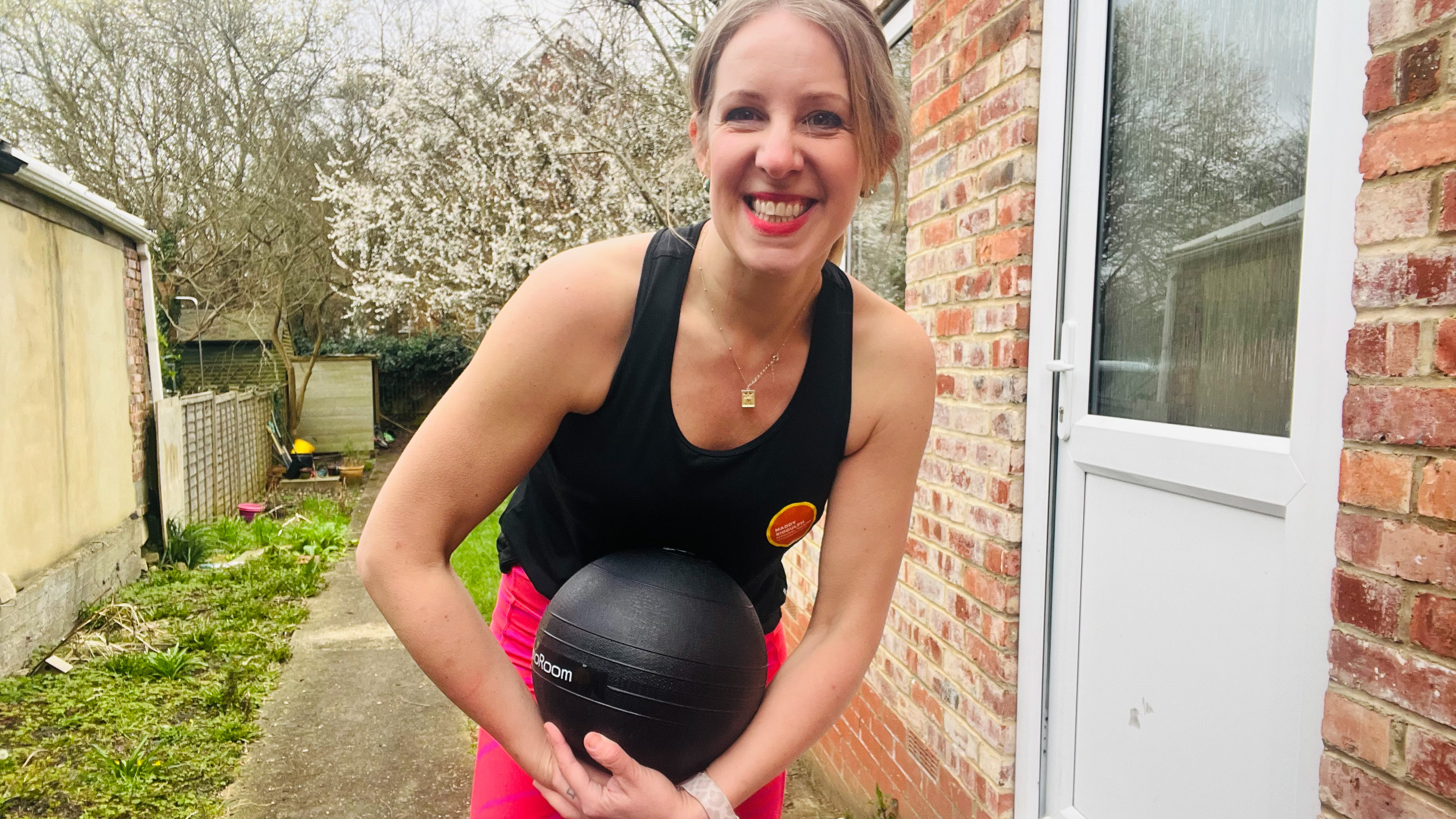Do squats hurt your back? Study reveals wall sits are a safe, effective alternative
Wall sits are a great back-friendly exercise that require no equipment and can be completed almost anywhere


If you feel pain in your back while performing squats or you tend to notice backache after a squat session, it could be worthwhile finding alternative ways to work out your lower body. The wall sit, or a wall squat as you may like to call it, is a safe alternative to the usual squat and is much kinder to your back and knees, according to research.
Strength-building exercises like the squat or learning how to deadlift with dumbbells properly can be beneficial for preventing back pain. As well as this, improving your strength can help to support and protect your joints (taking one of the best supplements for joints can also help to reduce joint ache).
However, not all strength training has to look like heavy-weighted squats and deadlifts. Those who would feel safer completing an exercise that won't put their back at risk should consider adding wall sits to their strength-building routine.
A study published in the Journal of Physical Therapy Science revealed that 'wall squat exercises' are a safe alternative to squats, avoiding causing pain in the lumbar vertebrae (your lower back) and knees because they are completed with your bodyweight on the wall. This makes it easier for beginners to safely perform the exercise.

If you've ever tried a wall sit, you will have felt the burn in your hamstrings, quads, and glutes, the longer the position was held. But the researchers involved in this study wanted to measure the impact wall sits could have on building the core, a key muscle for supporting the function of your spine.
Gathering together a group of 30 people, they split the participants into two exercise groups. One group was assigned wall sits, where they had to hold the wall sit position for 10 seconds, rest in the standing position for 3 seconds, and repeat ten times over. They were allowed 15 seconds rest in between and then had to repeat the process for ten sets.
Meanwhile, the other half was the control group and were asked to train with bridge exercises, which you may know better as "glute bridges". This exercise is another good way to activate and strengthen your posterior chain and core. Raising their pelvis, the participants held this for 15 seconds, before lowering their hips back down for five seconds, doing this for ten and repeating over for ten sets.
Get the Fit&Well Newsletter
Start your week with achievable workout ideas, health tips and wellbeing advice in your inbox.

Both groups completed their assigned training sessions for 30 minutes, three times a week over a six-week period. After analyzing the results from both sets of exercises, the researchers found that both groups increased the thickness of two important abdominal muscles; the transversus abdominis and the internal oblique muscles.
The study authors recommend both the bridge exercise and wall sits for people who suffer from back pain, but particularly favor the wall sit. The research paper stated, "The bridge exercise requires space and a mattress to lie on, while the modified wall squat exercise can be conveniently performed anytime."
While you could use one of the best yoga mats for glute bridges, wall sits are clearly a useful exercise for people to complete at home, the gym, or outside wherever there is a wall to lean on. Not only are they a good way to build your core and support your back but they will also develop muscle strength in your legs.
If you're at a stage where you can hold a wall sit for a solid length of time, you can always add a set of best adjustable dumbbells into the mix, holding them above your thighs. This makes a wall sit more challenging without increasing the time you hold the stance for.
Jessica is an experienced fitness writer with a passion for running. Her career in journalism began in local news and she holds a Masters in journalism. Jessica has previously written for Runners World, penning news and features on fitness, sportswear and nutrition.
When she isn't writing up news and features for Fit&Well covering topics ranging from muscle building, to yoga, to female health and so on, she will be outdoors somewhere, testing out the latest fitness equipment and accessories to help others find top products for their own fitness journeys. Her testing pairs up nicely with her love for running. She recently branched out to running 10Ks and is trying to improve her time before moving on to larger races. Jessica also enjoys building on her strength in the gym and is a believer in health and wellness beginning in the kitchen. She shares all of this on her running Instagram account @jessrunshere which she uses for accountability and for connecting with like-minded fitness lovers.
-
 This might be your last chance to get my favorite waterproof walking shoe, and it's 25% off
This might be your last chance to get my favorite waterproof walking shoe, and it's 25% offDeal These Adidas Gore-Tex shoes are the most watertight I've tested
By Lou Mudge
-
 I tried wall balls for 30 days and the results surprised me
I tried wall balls for 30 days and the results surprised meTry this fitness challenge to boost total body strength
By Maddy Biddulph